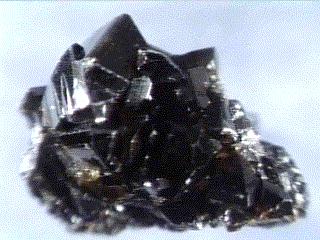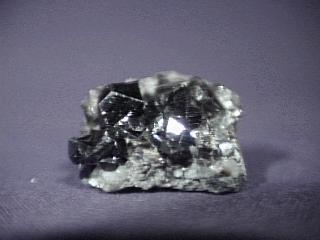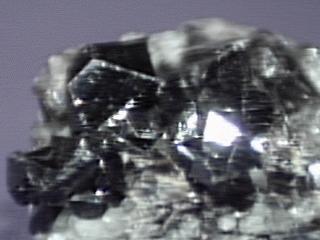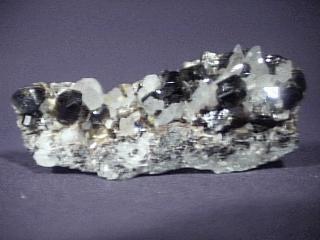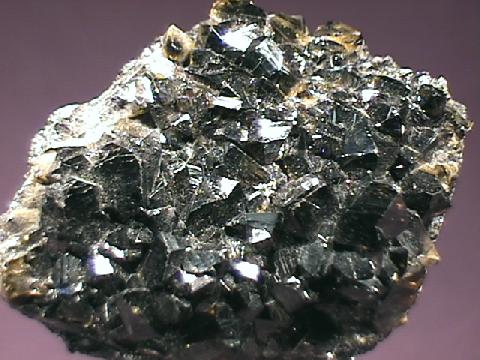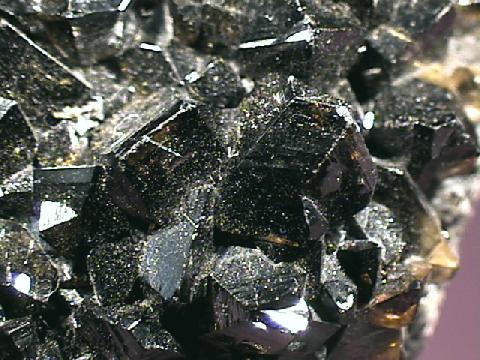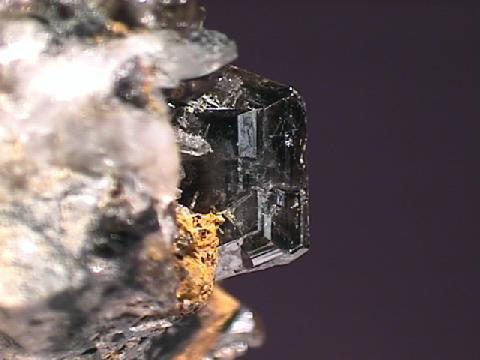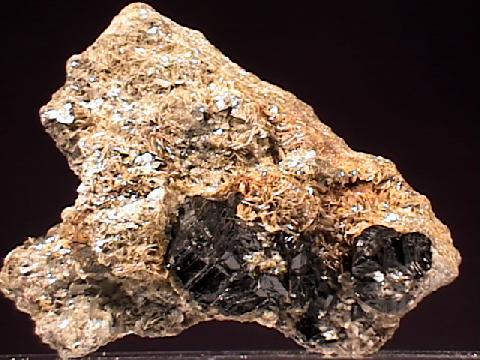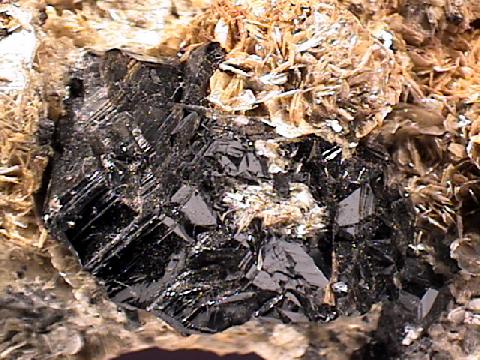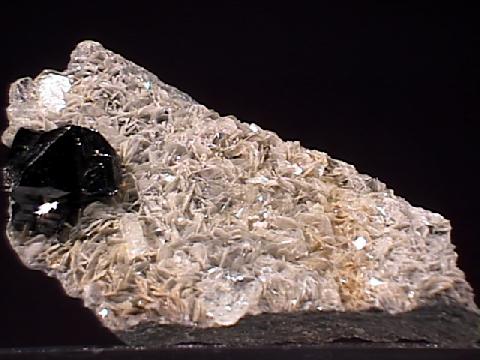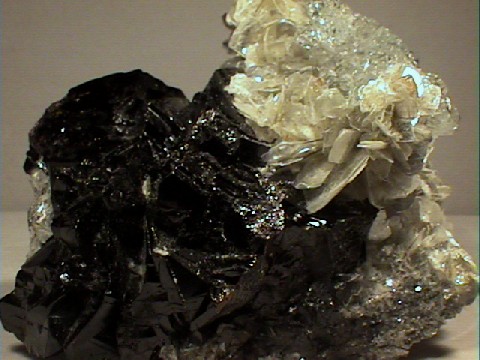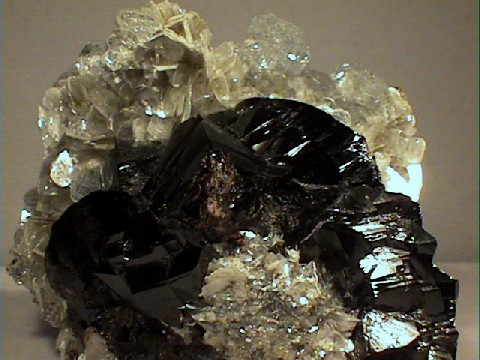 The Mineral CASSITERITE
The Mineral CASSITERITE
- Chemistry: SnO2, Tin Oxide
- Class: Oxides and Hydroxides
- Group: Rutile
- Uses: major ore of tin
Specimens
Twinning is common in cassiterite and most aggregate specimens show crystal twins. The typical twin is bent at a near-60-degree angle, forming an "Elbow Twin". Multiple twinning can continue to bend the crystal around and possibly form a cyclic twin. However, cassiterite does not form this type of twin as often as its mineral cousin, rutile.
PHYSICAL CHARACTERISTICS:
- Color is black or reddish brown or yellow.
- Luster is adamantine or greasy.
- Transparency crystals are transparent in thin crystals otherwise opaque.
- Crystal System is tetragonal; 4/m 2/m 2/m
- Crystal Habits include eight-sided prisms and blocky or stubby crystals terminated by a blunt four-sided or complex pyramid. The prisms are composed of two four sided prisms with one of the prisms being dominant. Also thin acicular needles or blades are common. Can be massive, granular, fibrous and botryoidal. A concretionary form combined with quartz and hematite is called "wood-tin".
- Cleavage is good in two directions forming prisms, poor in a third (basal).
- Fracture is conchoidal to uneven.
- Hardness is 6 - 7
- Specific Gravity is 6.6 - 7.0+ (very heavy for non-metallic minerals)
- Streak is white, but at times brownish.
- Associated Minerals include, but are not limited to, tourmalines, molybdenite, bismuthinite, topaz, fluorite, arsenopyrite and wolframite.
- Other Characteristics: high refractive index of approximately 2.0.
- Notable Occurences include the La Paz and Colquiri areas of Bolivia; Cornwall, England; Durango, Mexico; Malaya; Indonesia; Russia and China.
- Best Field Indicators are crystal habit, hardness, twinning and high index of refraction (luster).

